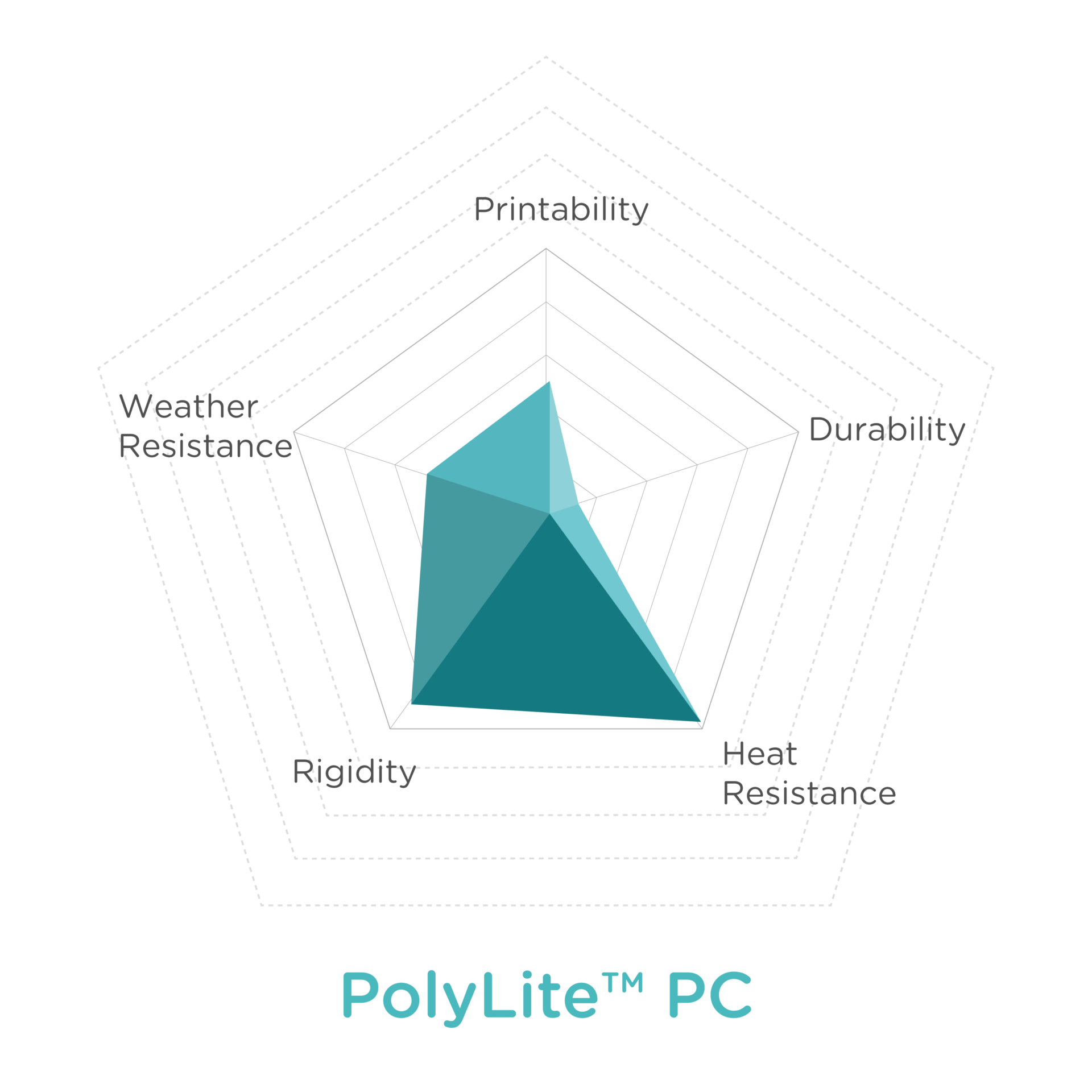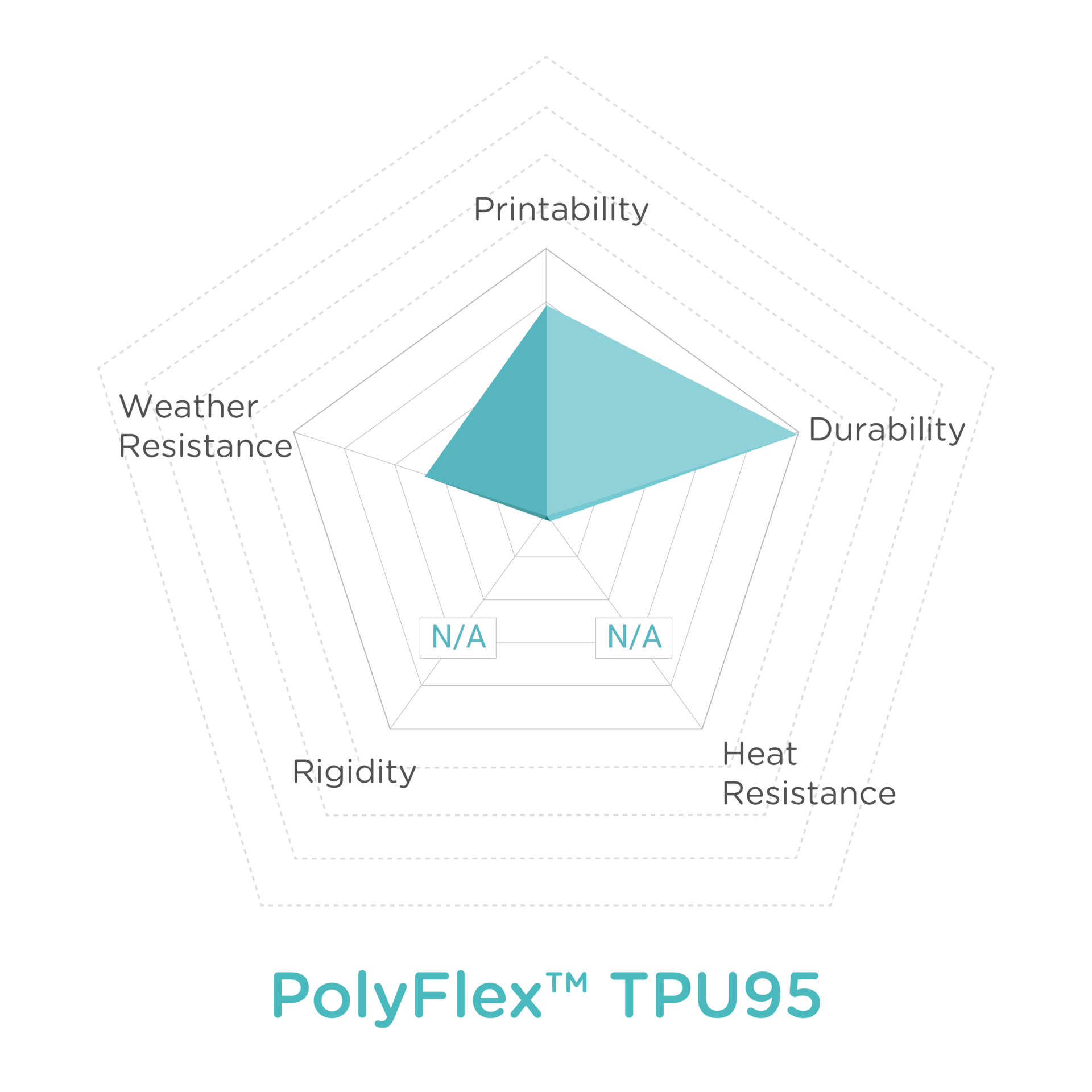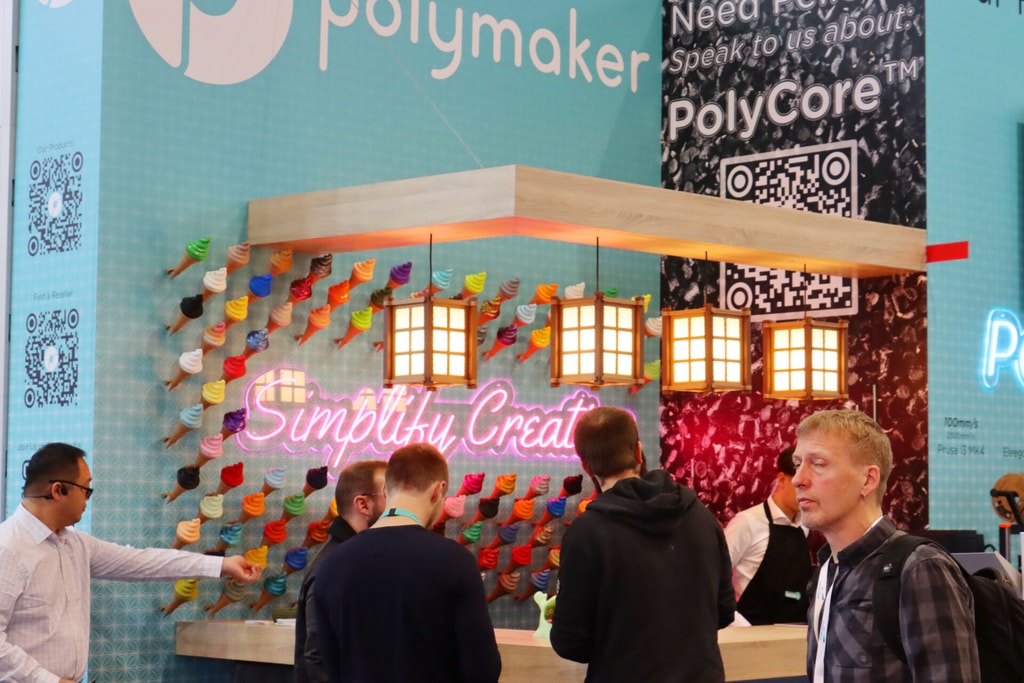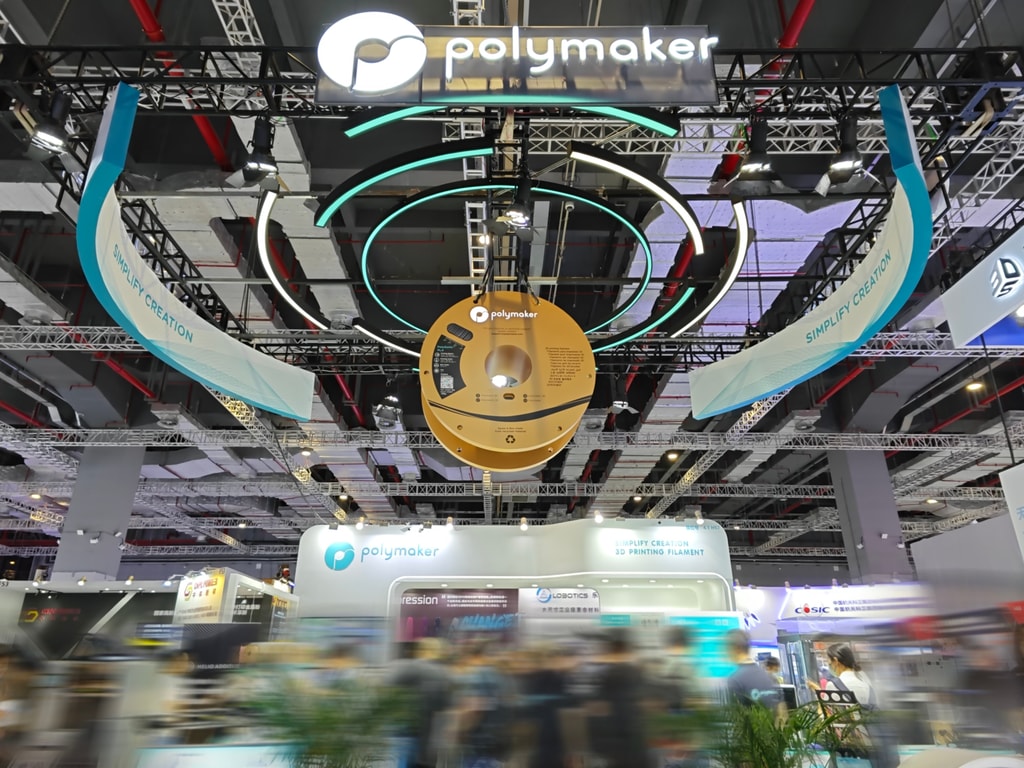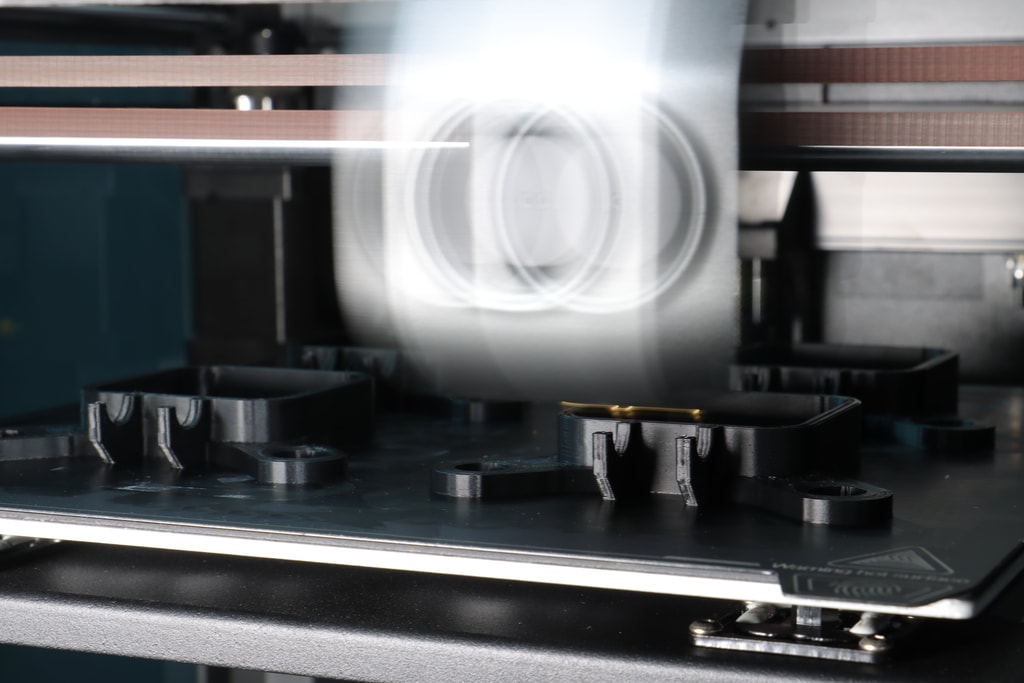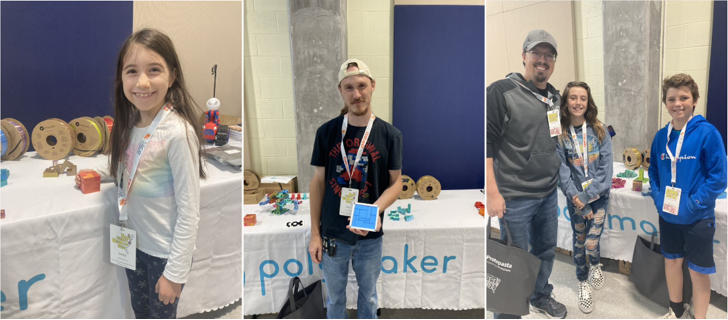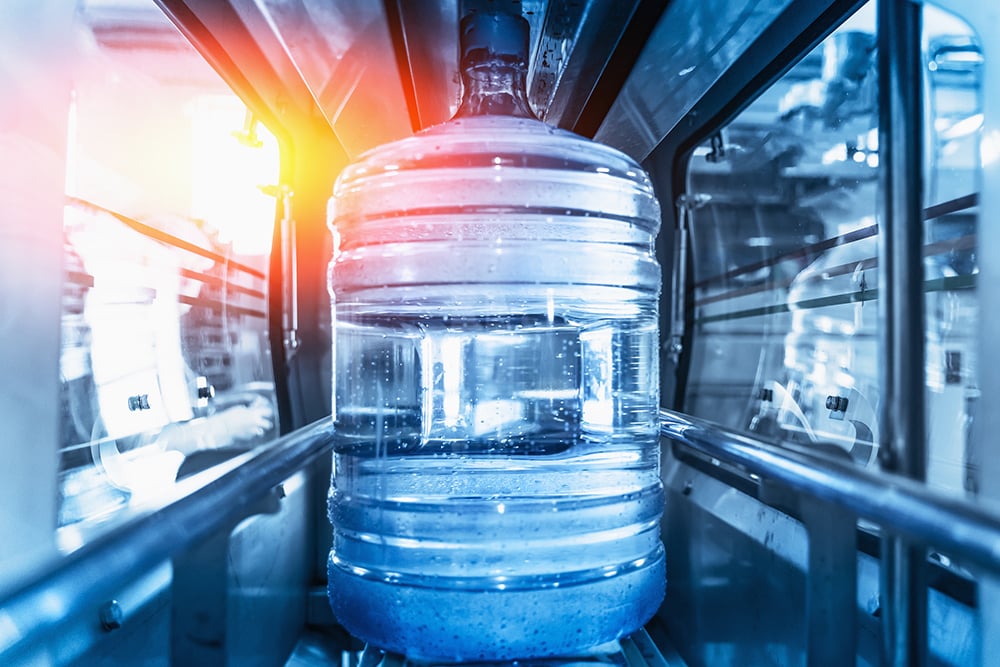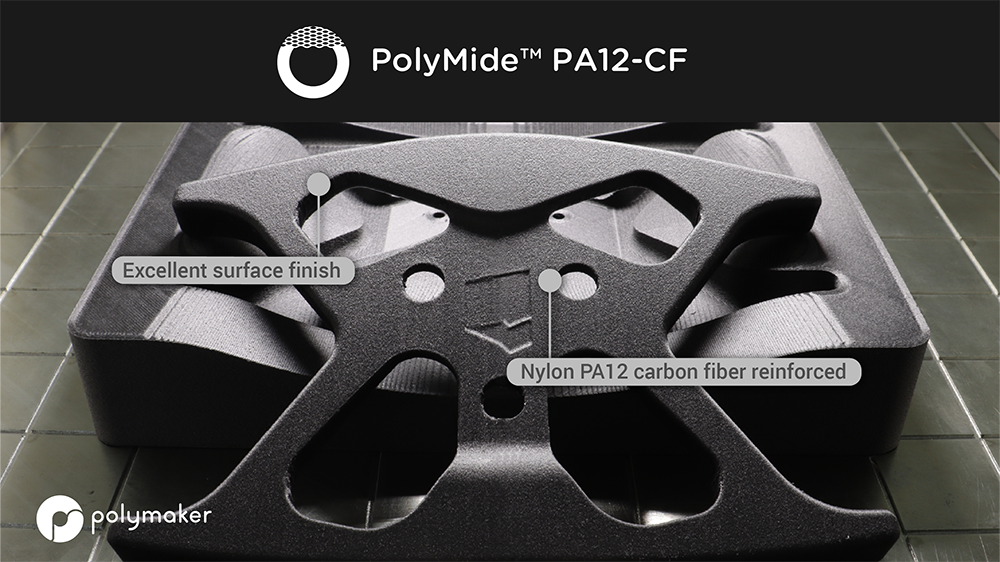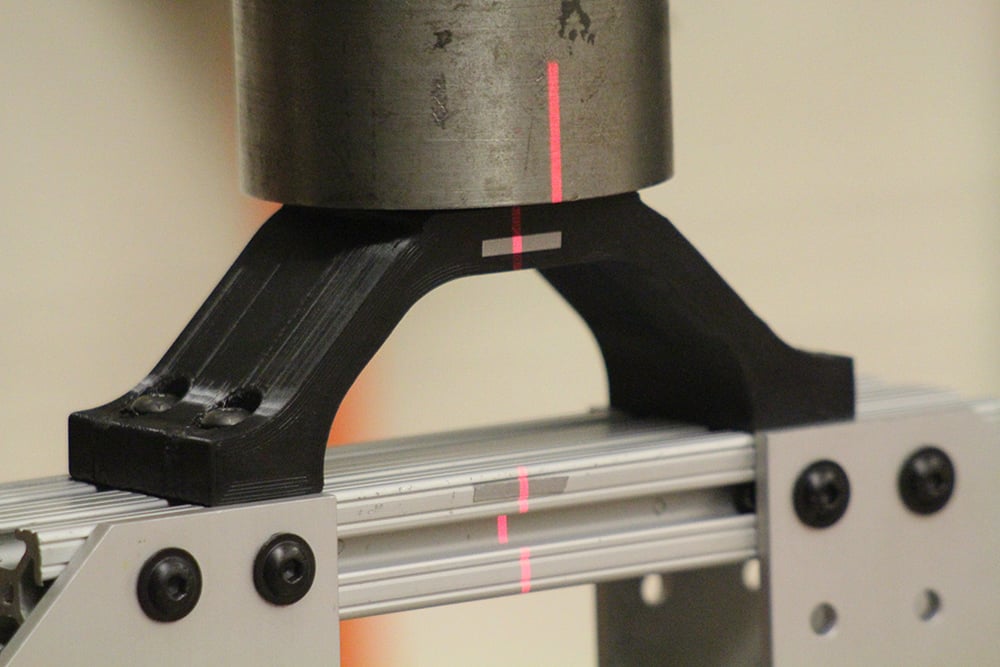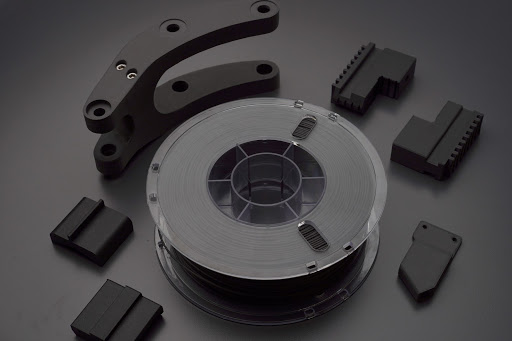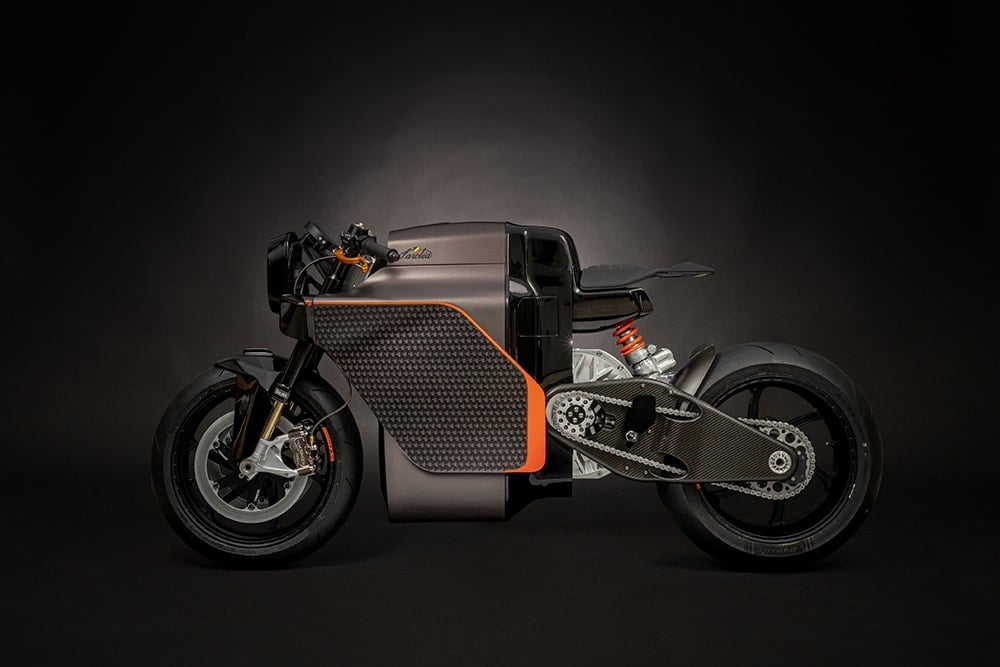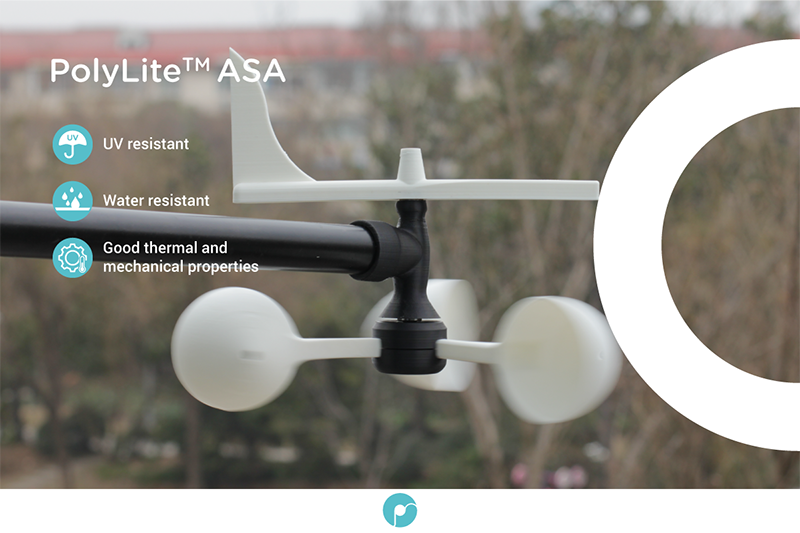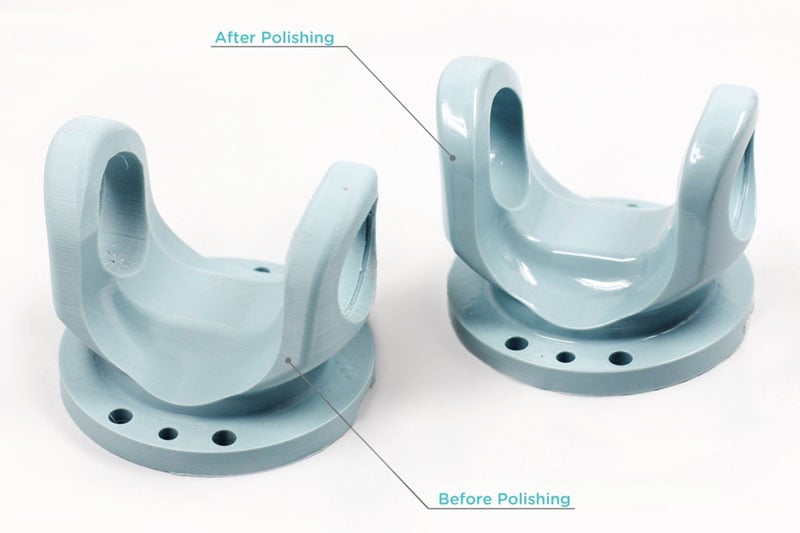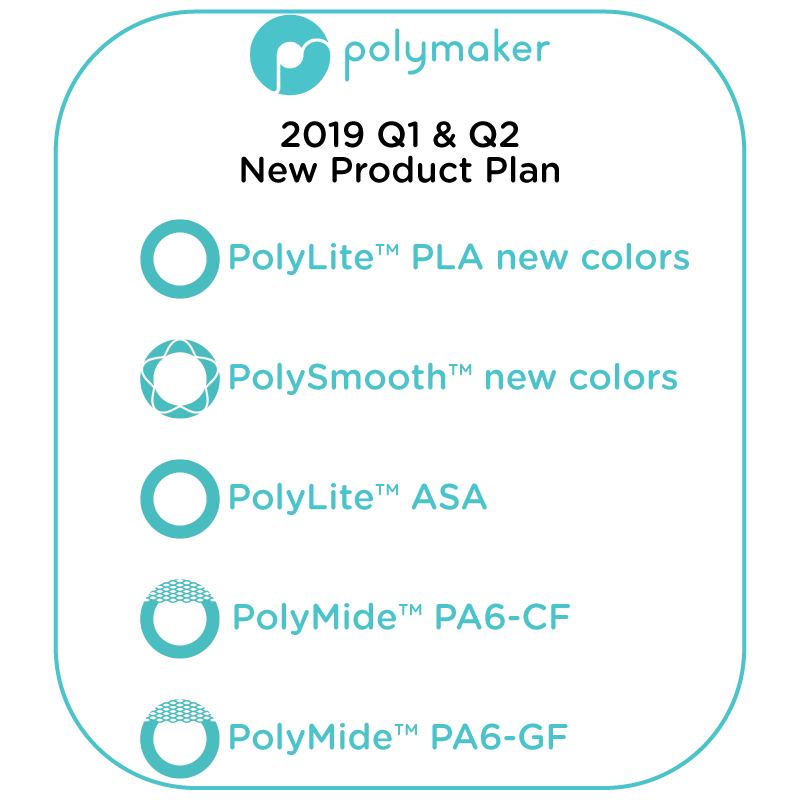Additive manufacturing technology is a rapidly evolving manufacturing technique that brings greater flexibility and efficiency to product design and production through digitization. It effectively compensates for the traditional machining processes such as turning, grinding, forging, stamping, and casting. As a result, the market shows high expectations for 3D printing technology.

In the motorboat manufacturing industry, the advantages of 3D printing are evident, especially in terms of personalization and increased competitiveness. Polymaker decided to intensify its collaboration in this field. Meanwhile, A well-known motorboat manufacturer in the United States was adjusting their production methods and seeking a customized additive manufacturing solution. After combined efforts of research and comparison from Amesos and Polymaker, they ultimately selected PolyLite™ PETG as the printing material.

Compared to PLA, PETG has a higher heat deflection temperature and better overall mechanical properties. PETG also shows better dimensional stability compared to ABS. Overall, PolyLite™ PETG is a warp-free and cost-effective material. Its excellent impact strength, water resistance, and resistance to chemical corrosion make it the best choice for printing motorboat coverings. The total weight of this printing model, including the cockpit cover and front bumper of the motorboat, is approximately 15 kg.
During the printing process using PolyLite™ PETG, besides appropriate settings for nozzle temperature, bed temperature, and retraction, controlling the cooling fan is a critical factor that affects the print results. Due to PETG's crystalline characteristics, excessive cooling fan usage significantly reduces the interlayer adhesion of the printed parts, making them prone to breakage in the Z-direction and rendering them unsuitable for long-term use. On the other hand, completely disabling the cooling fan reduces surface smoothness and makes support removal more challenging. So selecting the appropriate fan speed has become a major challenge in this application. After several process tests and considering the structure of the motorboat components, the engineers settled on a fan speed of 20% to achieve a good balance between surface quality and layer adhesion.

Thanks to the superior performance of PolyLite™ PETG and the stable and precise printer provided by Amesos, the engineering design of the motorboat's cockpit cover and front bumper was successfully completed. These parts were then used for small-batch continuous production, with a printing efficiency exceeding 163 cm3/hr (200 g/hr). This achievement not only represents a significant application success for Polymaker in the motorboat manufacturing industry, but also signifies the greater possibilities, increased freedom, and higher flexibility in driving innovation and experimentation.











